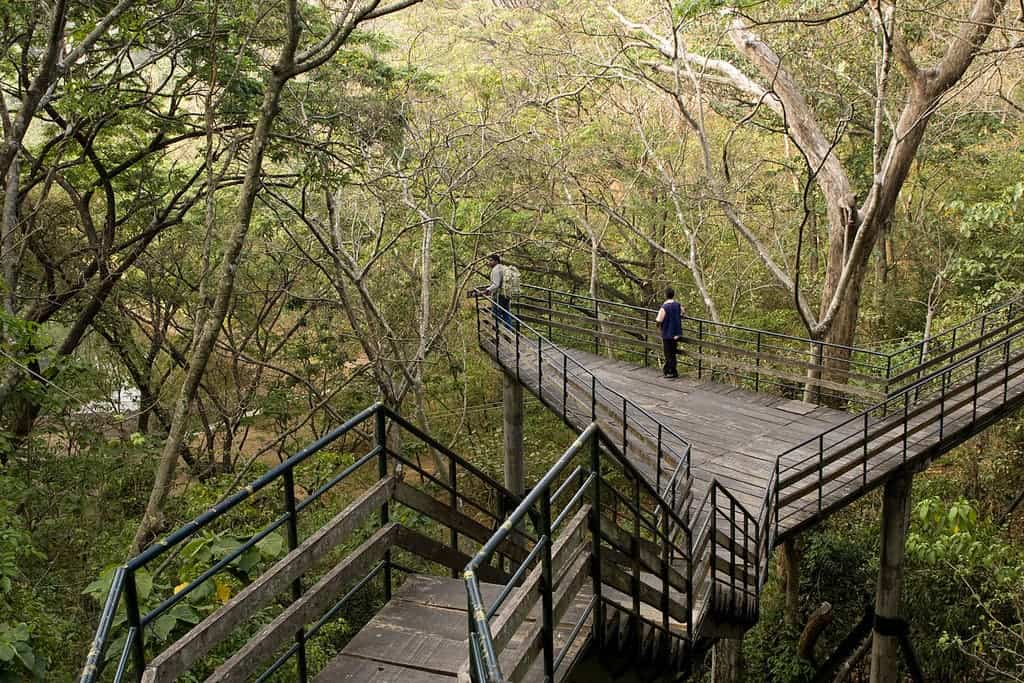Toys made out of recycled materials are of course a great initiative and can teach your kids a lot, while being very cheap and also fun, but Germany is set to show the world that things can get even better – way better. The latest trend in German green toys have solar panels and only work if kids (or adults, let’s face it) remember to insert bright red “energy stones” that power the whole thing.
Germany is one of the world’s leading nations regarding renewable energy iniatiatives, and they’re also in the front line of creating toys and educational materials that would help children understand where energy comes from and raising awareness through play, which is in my opinion, one of the best ways of making sure tomorrow’s generation will understand the tasks they will have to face. The Nurnberg toy fair is stacked with such toys, including doll houses with wind turbines and rainwater catchers and hydroelectric-powered toy cars.
“Energy is the question of the future and we are definitely thinking about this as we move ahead,” said Judith Schweinitz, a spokeswoman for Playmobil, maker of a remarkable solar panel-fitted space station. “It is increasingly being brought into our play concept.”
Currently, green toys (which range from toys made from sustainable materials to the ones I was telling you about) make only a small fraction of the international toy market, but their importance is growing every year. Learning through games is incredibly important and hopefully, more and more parents will understand just how important a simple toy can be, so that twenty years from now, people won’t be making the same mistakes all over again.








